The Practice of Italian-American Folklore Magic
Today we’re diving into Italian witchcraft, also known as Italian-American Stregheria.
Italy has a long history, and each of Italy’s regions has its longstanding traditions and culture. These traditions also include various beliefs, superstitions, and witchcraft.
This tradition was popularised in the later 20th century by Italian-Amerian witchers. After the emergence of Italian-American witchers. It didn’t take long for it to become popular in the circles of pagans in the USA.
If you take an interest in the gods from antique times, such as gods of ancient Greece and Rome and cultures of the Mediterranean and Aegean region, you’ll most likely be interested to learn more about Stregheria.
Although it isn’t obligatory to be of Italian descent to practice it, it would be helpful to know ancient and recent Italian history and Roman paganism.
If you are of Italian descent, Stregheria can reintroduce your family folklore and different traditions.
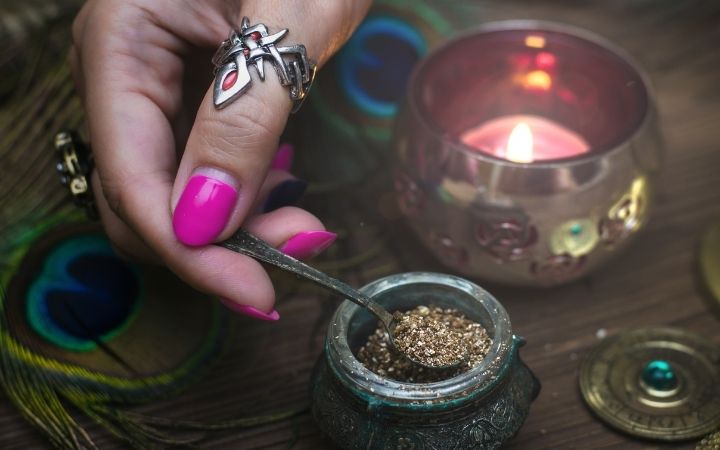
Origins of Stregheria
The word Stregheria comes from the word ‘Strega,’ meaning a female witch, and ‘streghe,’ which is the name for Italian witches. A male witchcraft practitioner is called ‘streghone.’ In ancient Greek and Italian literature witch is depicted as a person who calls upon the primal forces of nature.
Interestingly enough, stregha witchcraft goes back all the way back before the Christian era because the Italian word for witch comes from the Latin ‘strix’ period meaning screech owl. In the Roman era, there was a belief that ‘striges’ (which is plural for strix) were women who could transform with the help of magic into birds of prey.
Pliny the Elder wrote about this belief, and the Roman author Apuleius described this transformation in his book “The Golden Ass” in the 2nd century CE.
The earliest form of Italian witchcraft was linked to a belief in spirits and magic. Over time and under the influences of other cultures, the traditions and beliefs were influenced and shaped. Because of its cultural diversity and distinct culture of every region in Italy, stregha witchcraft has been influenced by the Etruscan civilization (which was settled in today’s parts of Toscany, Umbria, and Lazio).
Sicilian witchcraft has been influenced by Greek and Spanish culture and traditions. As centuries passed by, and more and more cultures intertwined, such as Egypt and Middle East culture, they influenced stregheria as well.
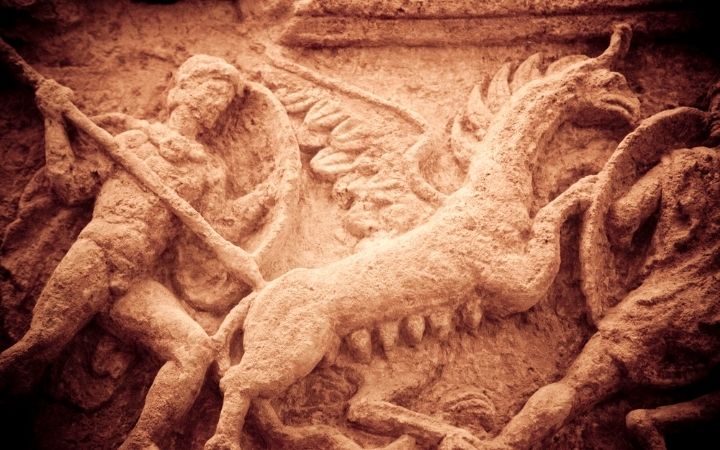
As we have stated earlier, Italian witches were described as individuals who call upon forces of nature and some goddesses like Diana. Roman moon goddess Diana has three aspects and is also known as Diana Triformis.
Her nature consists of Luna, the moon, Diana, the huntress, and Hecate, the underworld goddess. This three-fold nature prompts her influence over the three worlds, celestial, terrestrial, and chthonian.
Even though the rise of Christianity, particularly from 4th century CE, paganism was in decline. Some folklorists of the 19th century discovered witches across Italy who stated that they practice witchcraft passed through their families.
Stregheria in Modern Times
Although Stregheria originated from Italy’s tradition and practices, the sole word ‘stregheria’ is not common in Italy. It does appear in some texts from the 18th and 19th centuries, respectively, but many native Italians have never heard of it. The Italian word for witchcraft is ‘stregonieria,’ and it has a profoundly negative connotation.
The modern movement of stregheria was popularised as a movement from the 1970s by Italian-Amerian witchers such as Raven Grimassi, Leo Martello, and Lori Bruno.
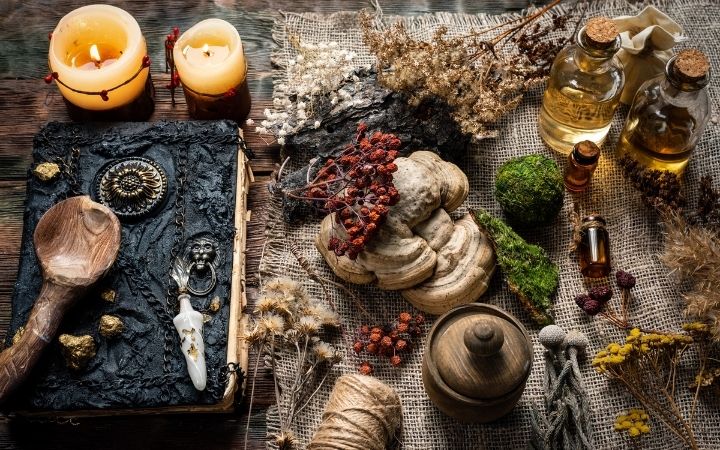
Leo Martello had a religious witchcraft family tradition in his book Witchcraft: The Old Religion. Although he doesn’t mention stregheria in his book, he names his practice “The Strega Tradition.” Between 1981 and 2009, Raven Grimassi published two books related to stragheria, Italian Witchcraft, and Hereditary Witchcraft, teaching the “Aridian Tradition.”
The term Stregheria was revived in Grimassi’s Ways of the Strega. Today Stragheria, the “Old Religion” (or La Vecchia Religione in Italian), honors different pantheon of gods from Rome, but some are shared with Ladin and Etruscan gods.
Like many other neopagan religions, it honors female and male deities, which are typically personified as the moon goddess and the god, Uni, and Tagni, from Etruscan culture.
Since there are many variations of Stregheria, some of them worship Roman gods as well.
The Tale of Charles Leland and Aradia
One of the folklorists that believed that there were witch cults that survived within their families in the 19th century was Charles Leland. Although many people think of Gerald Garder as the founder of mother witchcraft, his works were published almost half a century later than the works of Charles Leland, Aradia; Gospel of the Witches and Etruscan Roman Remains, both published in 1899.
Charles Leland was a famous American folklorist who wrote several classic works on English Gypsies and Italian witches and Legends of Florence.
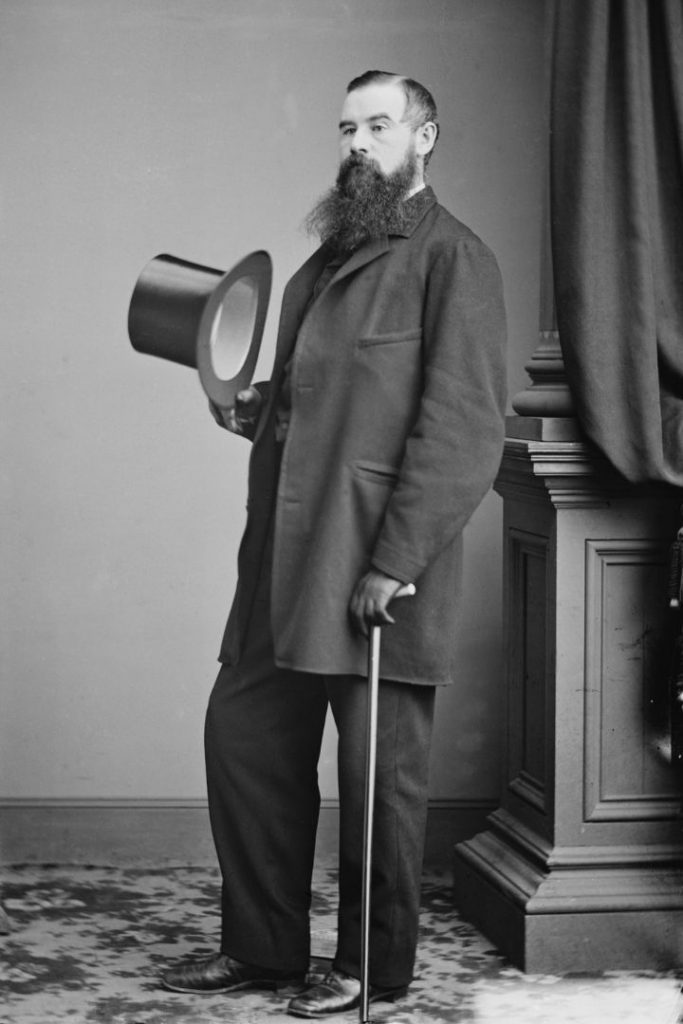
After studying Gypsy society, in 1888, he moved to Florence, Italy, where he met a woman called Maddalena, who worked as a “card reader” and fortune teller. Later he discovered she was a witch and has helped him to gather the reports on Italian witchcraft.
There are two legends surrounding Aradia, which was a part of Leland’s work, and how she came to be, and both of the legends take place during the Middle Ages.
According to the first legend, Aradia is the daughter of the goddess Diana and Lucifer. She came to the world to teach and spread witchcraft. According to the other legend, she was a moral who lived and taught “La Vecchia Religione” in town Volterra, located in the northern region of Italy, and spread witchcraft.
The legends about Aradia say that she gathered a small group of followers traveled through the countryside, preaching Italy’s Old Religion. Aradia spoke of an Age of Reason that would come when men and women would walk as equals and replace the Age of the Son.
Leland’s works depict Aradia as a legend about the “beautiful Pilgrim”:
“Then having obtained a pilgrim’s dress, she traveled far and wide, teaching and preaching the religion of old times, the religion of Diana, the Queen of the Fairies and of the Moon, the goddess of the poor and the oppressed. And the fame of her wisdom and beauty went forth over all the land, and people worshipped her, calling her La Bella Pellegrina (the beautiful pilgrim).”
Stregheria Amulets and Other Jewellery
As many Wiccans wear a pentagram as a symbol and amulet of their faith, so do the Streghe have their amulet and can be identified by wearing a piece of jewelry called Cimaruta. The word “cimaruta” stands for “sprig of rue” in Neapolitan, flowering medicinal herb. The origins of this amulet probably came from carved red coral, which has a branch-like form.
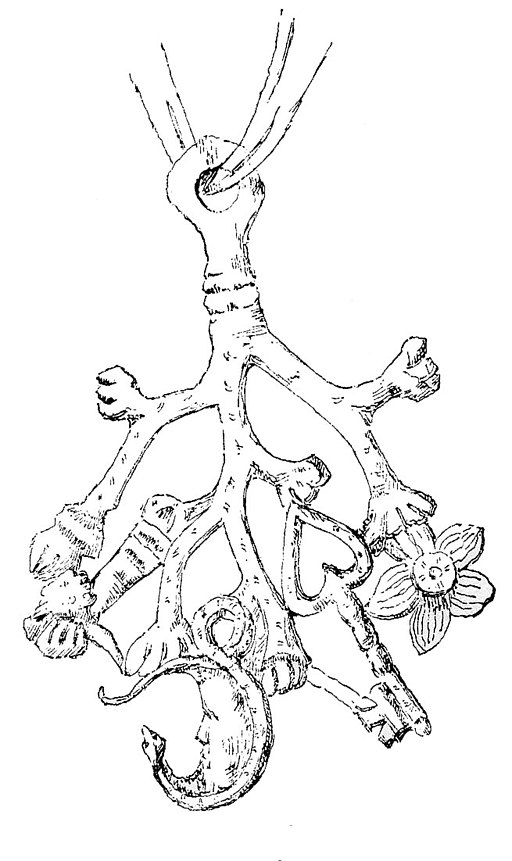
Because it should depict the top of a rue plant, it is usually a three-branched looking, cast in silver, with many other traditional Italian charms at the end of the branches. Those “sprouts” of the branches are usually a combination of magical symbols (that are also believed to warned of Malocchio, the evil eye) such as a rose, hand holding a wand or a sword, flaming heart, fish, crescent moon, snake, owl, plumed medieval helmet, vervain blossom, dolphin, rooster, and eagle. All those simbols represend sacred siboles of Diana.
Not all Cimarutas will have all the magical symbols, and it is reported that until the 19th century, it was difficult to find two Cimarutas that were precisely the same.
Summary
Stregheria has come a long way from the pre-Christian times, and many cultures shaped this cult. This tradition that is mainly passed through the family line was revived by famous folklorists and later by Italian-American witchers.
If you enjoyed the story and legend of Stregheria, you would also enjoy reading Italian folklore and other stories.

Community of passionate writers and content creators who share a love for Italian heritage, culture, travel, food, and the Italian-American community. Our mission is to celebrate Italy’s rich history and traditions and connect with others who share the same passion.

